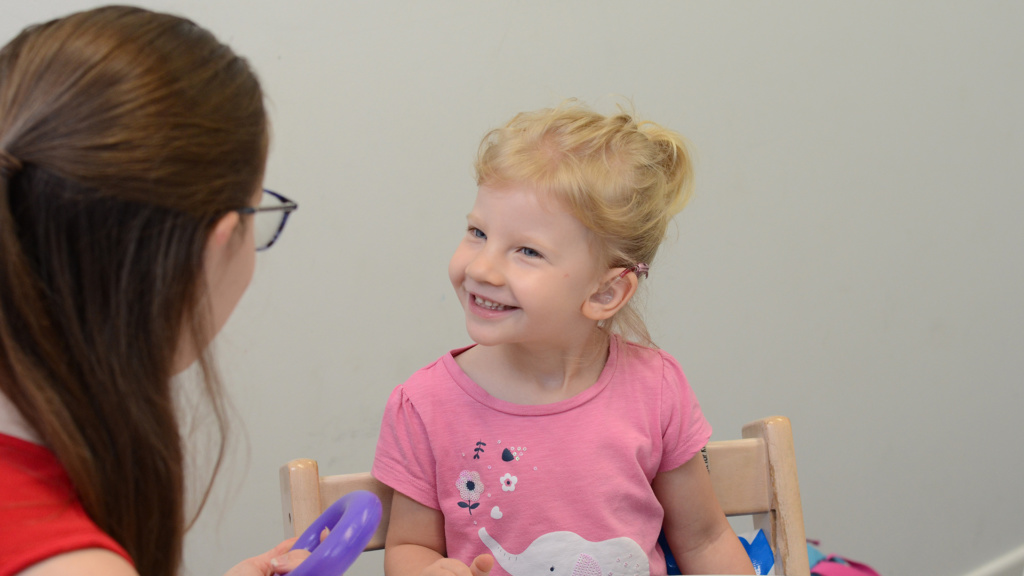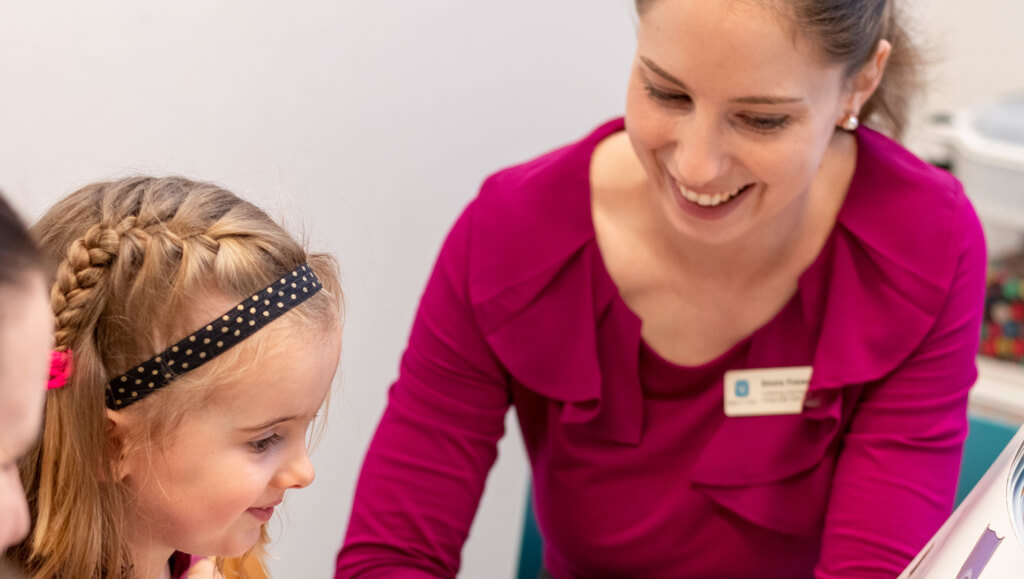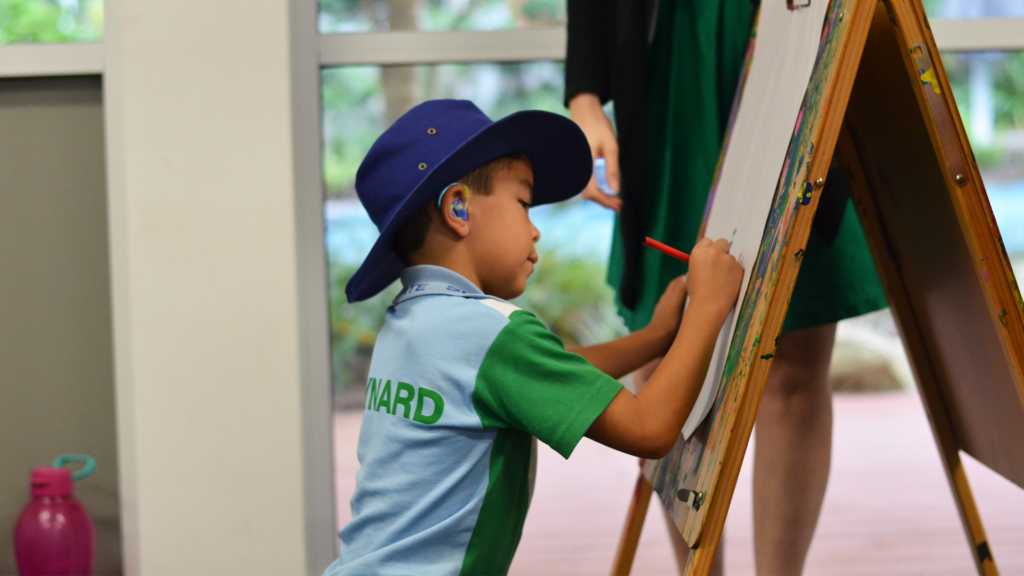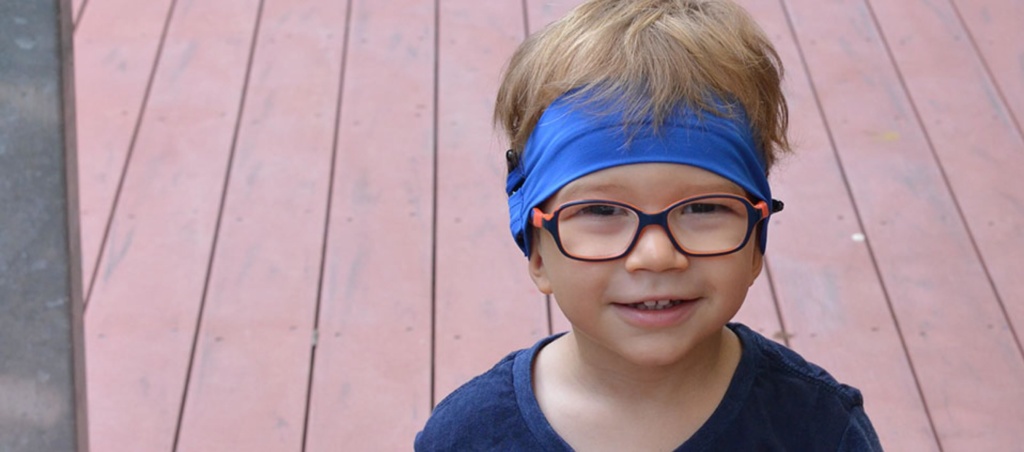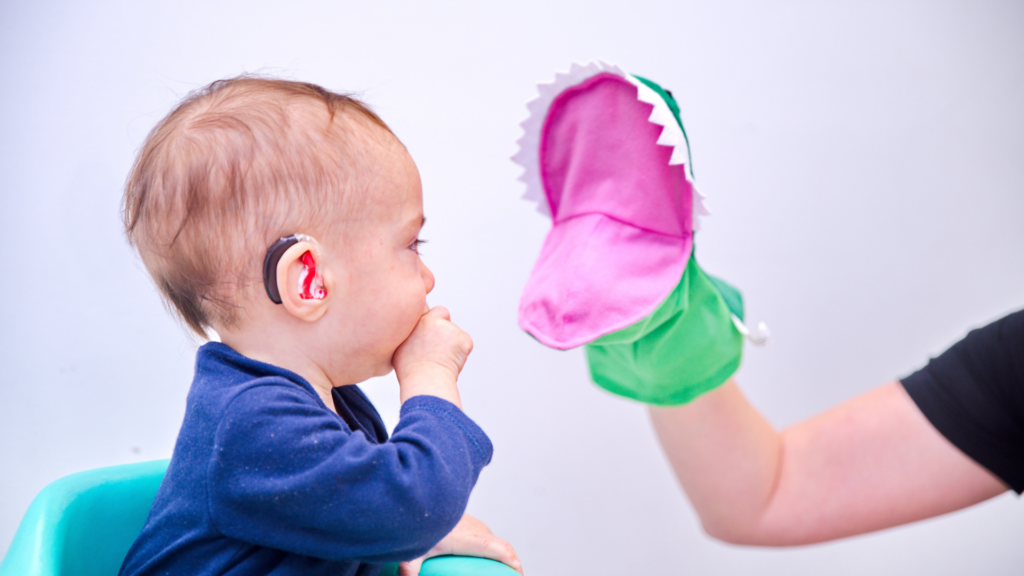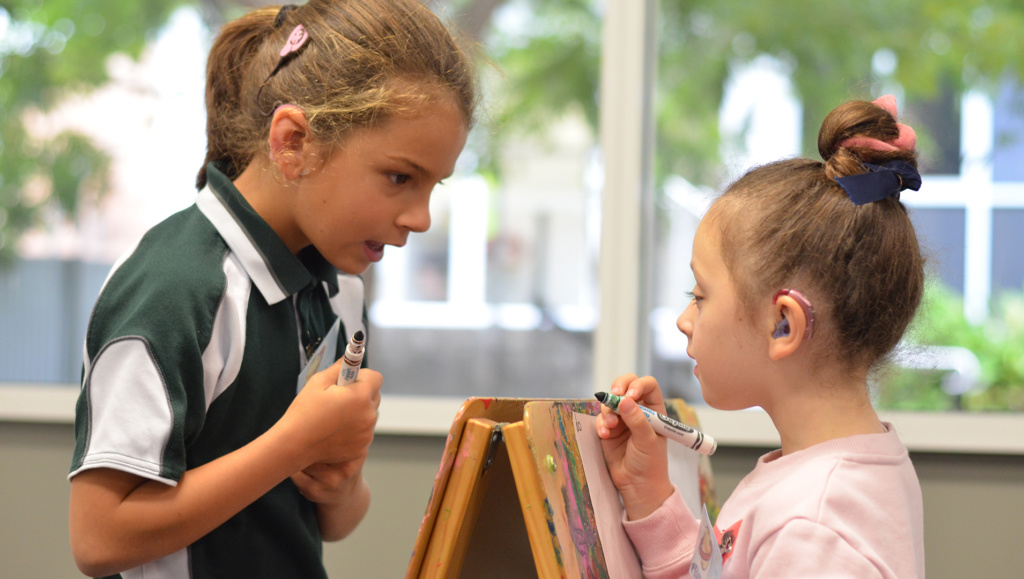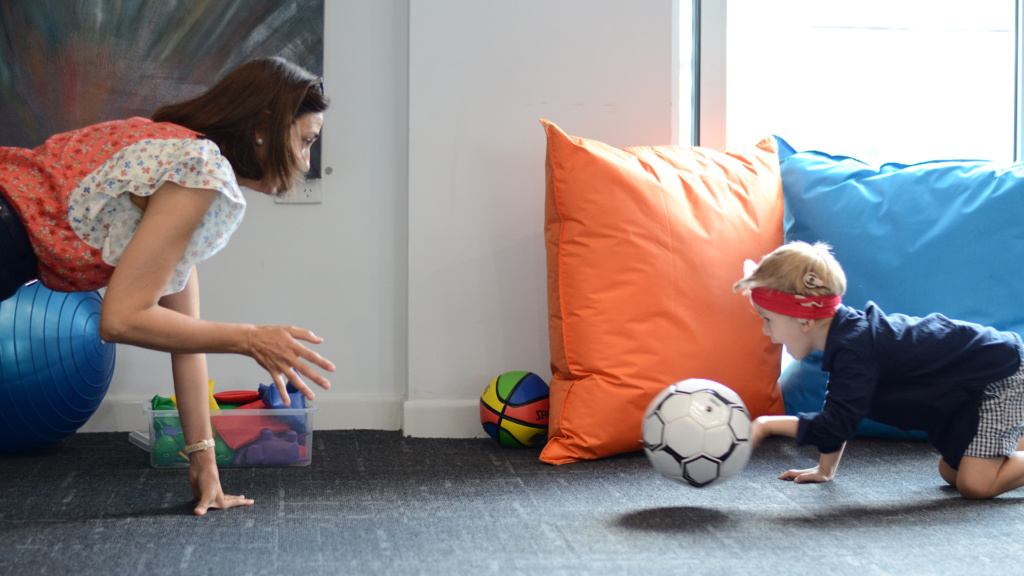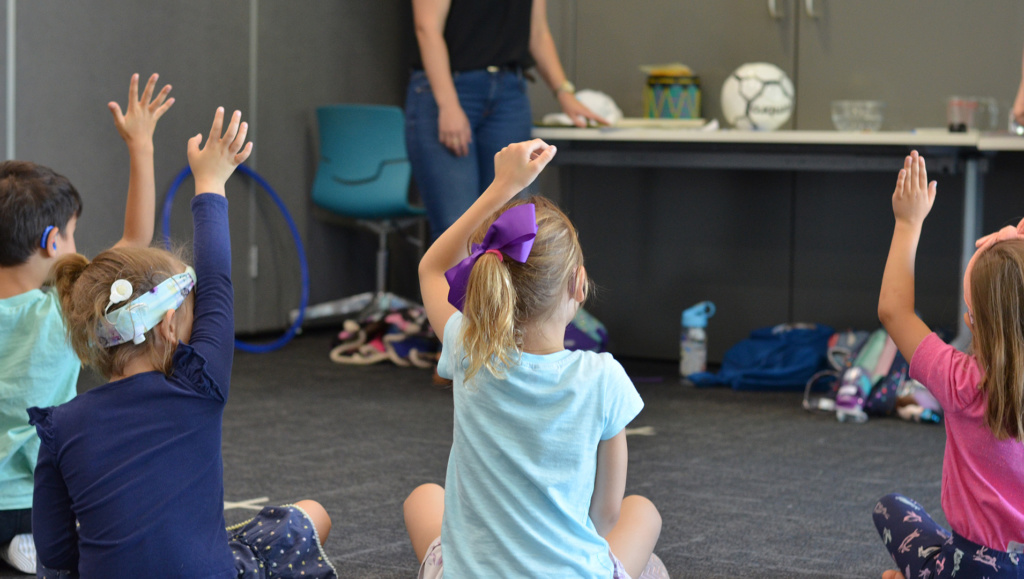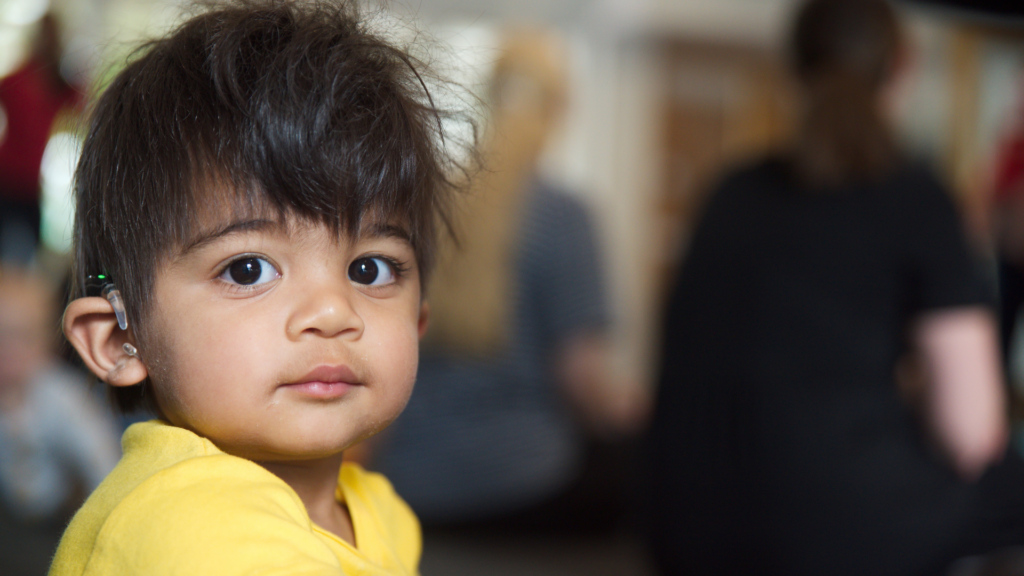Babies and children start developing their communication right from birth which continues throughout their childhood. Babies will learn to listen and interact with others before moving on to babbling and saying their first words. Children continuously grow their vocabulary, build sentences, increase their speech clarity, and socialise with others as they become confident and competent communicators.
Speech and language milestones give an indication of when babies and children should acquire certain skills. If your child is not meeting these milestones, appears to be developing differently from other children, or experiences difficulty or frustration while communicating, it may be helpful to make an appointment with a speech pathologist.
During the appointment, the speech pathologist will evaluate your child’s speech and language abilities, establish their current level of development, and determine if they are experiencing any delays. Following this, they will discuss with you any recommended therapy or referrals.

